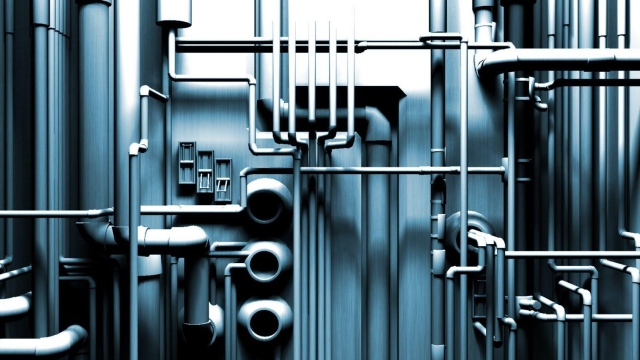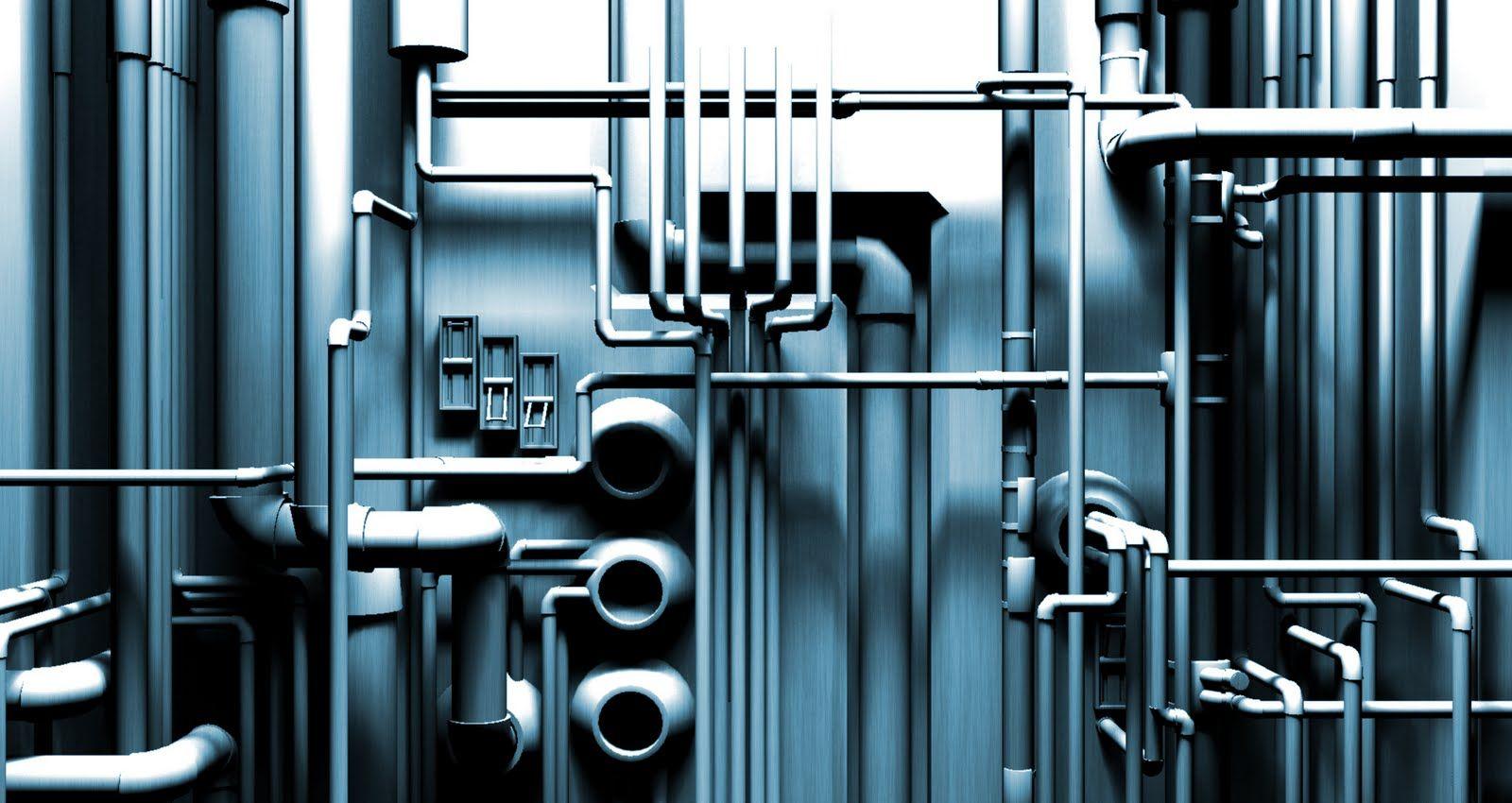
Plumbing Problems? Here’s the Ultimate Guide for DIY Solutions!
Plumbing problems can be a major source of frustration for homeowners. From leaky faucets to clogged drains, these issues can disrupt our daily routines and cause unnecessary stress. While it may be tempting to immediately call a professional plumber, there are many DIY solutions that can save you time and money. In this ultimate guide for plumbing, we will explore a variety of common problems and provide step-by-step instructions on how to fix them yourself. So put on your DIY hat and get ready to tackle those plumbing woes head-on!
Common Plumbing Problems
-
Leaky Faucets: One of the most common plumbing problems homeowners face is a leaky faucet. A dripping faucet not only wastes water but can also drive up your water bill. Most often, it is caused by a worn-out washer or faulty O-ring. To fix this issue, you can try replacing the washer or O-ring yourself if you have the necessary tools. However, if the problem persists, it may be best to call a professional plumber to avoid further damage.
-
Clogged Drains: Another prevalent plumbing issue is a clogged drain. Whether it’s in the kitchen sink, bathroom sink, or shower drain, a clog can cause water to back up and lead to inconvenience and potential damage. One effective DIY solution is to use a plunger to try and dislodge the blockage. Alternatively, you can create a homemade drain cleaner using baking soda and vinegar. Pour this mixture down the drain, let it sit for a while, and then flush it with hot water. If the clog remains stubborn, it’s advisable to seek professional help.
-
Running Toilets: A running toilet can be quite frustrating and wasteful. The constant flow of water indicates a problem with the toilet’s internal mechanism, typically the flapper or the float. To address this issue, you can start by checking if the chain connecting the flapper to the handle is properly adjusted. If it’s too loose or too tight, it can result in a running toilet. Adjusting or replacing the flapper or the float valve can also resolve the problem. If these DIY attempts don’t succeed, it’s advisable to consult a plumber.

Remember, while these DIY solutions can help address common plumbing problems, it’s important to know your limitations. If you feel uncomfortable or unsure about handling any plumbing issue, it’s always best to consult a professional plumber.
Essential Tools for DIY Plumbing
Having the right tools is crucial when it comes to tackling plumbing projects on your own. Here are some essential tools that every DIY plumber should have in their toolbox:
-
Pipe Wrench: A pipe wrench is one of the most commonly used tools in plumbing. It is specifically designed to grip, tighten, or loosen pipes and fittings. Look for a wrench with adjustable jaws to fit different pipe sizes.
-
Plunger: A plunger is a simple yet effective tool for clearing clogs in toilets, sinks, and drains. It creates pressure to dislodge blockages and restore proper flow. Make sure to have both a cup plunger for sinks and a flange plunger for toilets.
-
Pipe Cutter: When it comes to cutting pipes, a pipe cutter is your go-to tool. It provides clean and precise cuts, allowing you to remove or replace sections of pipe with ease. Opt for a quality pipe cutter with a sharp cutting wheel.
Remember, these are just a few essential tools to get you started on your DIY plumbing journey. It’s also important to have safety equipment like gloves and goggles to protect yourself from any potential hazards. With the right tools and a bit of know-how, you can confidently tackle various plumbing projects around your home.
DIY Solutions for Plumbing Issues
In this section, we will explore some DIY solutions for common plumbing issues. These simple remedies can save you time and money, without having to call in a professional plumber.
-
Unclogging Drains:
If you’re experiencing a slow or clogged drain, try using a plunger first. Make sure there is enough water in the sink or tub to cover the plunger cup and create a seal. Then, plunge up and down firmly, repeating the motion several times. If the clog persists, you can try using a drain snake or auger to remove any obstructions. -
Fixing Leaky Faucets:
A dripping faucet can be both annoying and wasteful. Luckily, fixing it is often a straightforward task. Start by turning off the water supply to the faucet. Then, dismantle the faucet handle to access the cartridge or valve. Check for any worn out or damaged parts and replace them as necessary. Once everything is back in place, turn the water supply back on and check if the leak has been resolved. -
Toilet Troubles:
Toilet issues are common in many households, but you can often resolve them on your own. If your toilet keeps running even after flushing, you may need to adjust the float or flapper valve in the tank. These components can wear out over time and lead to water wastage. If you notice a weak flush, you can try using a plunger to clear any blockages in the drain. Remember, never use excessive force as it may damage the toilet further.
By following these simple DIY solutions, you can tackle many plumbing problems without the need for professional help. However, if your issue persists or if you are unsure about handling more complex plumbing tasks, it is always best to consult a licensed plumber for assistance.



